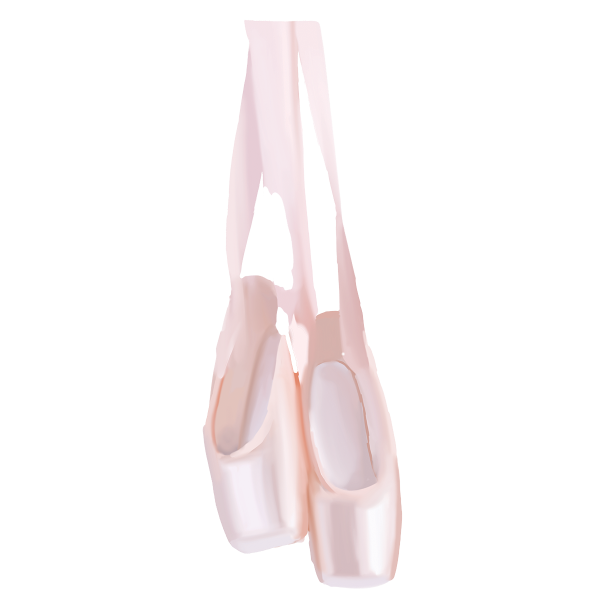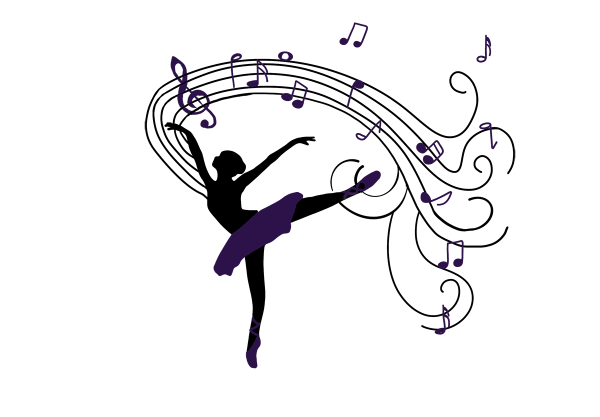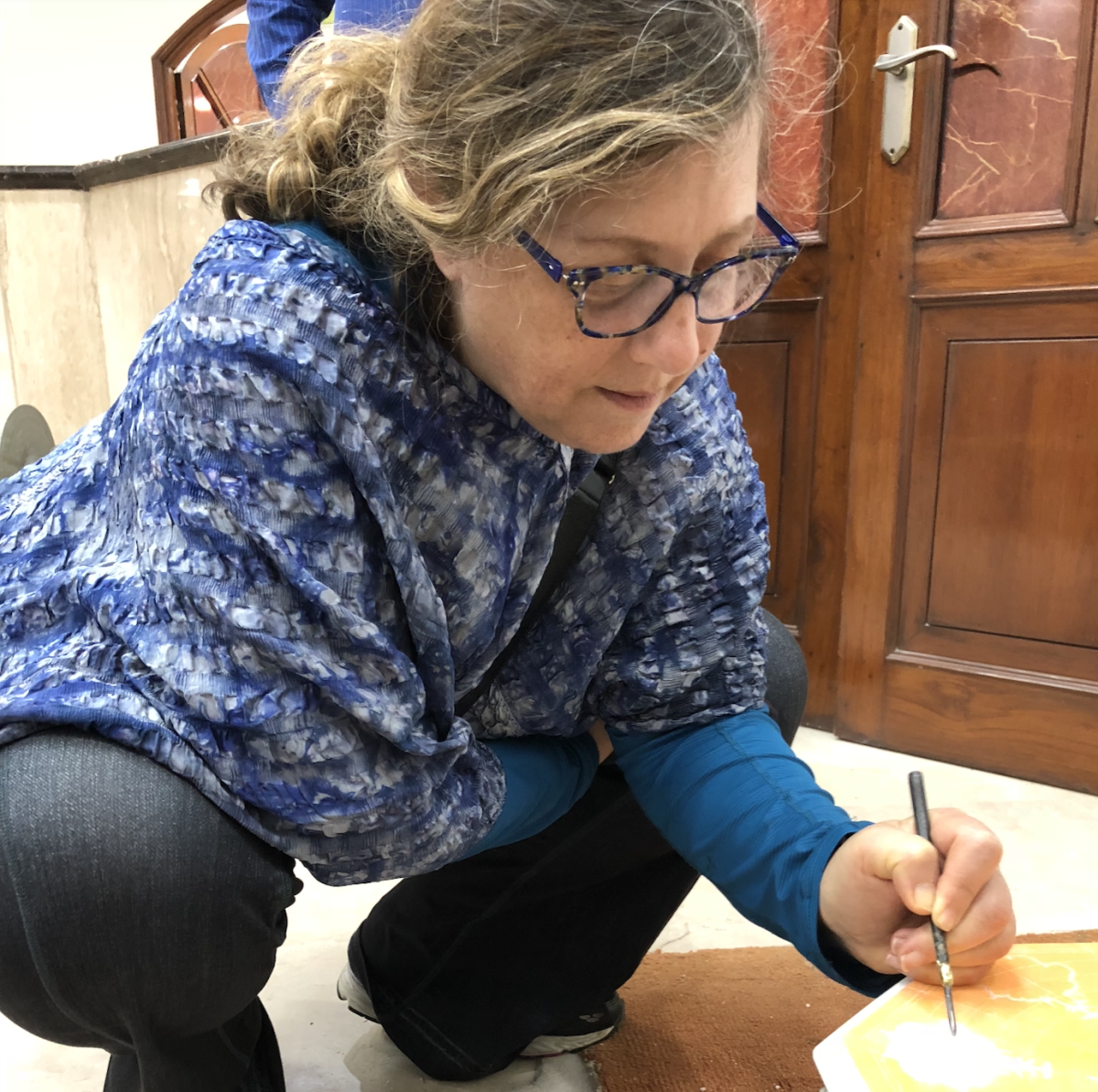In a world where countless forms of self-expression exist, dance has become a prominent way to not only communicate one’s feelings, but to also show one’s individual and unique characteristics. One can display anger, passion, sadness, joy, and more through dance, all without saying a word.
Dance, often perceived as just a recreational activity or sport, holds a profound transformative power that goes beyond just entertainment. With all the complexities life brings through different periods of time, the pursuit of happiness is still a difficult task, but some say that despite all the difficulties life brings, dance is one step closer to achieving happiness.
Dancing since the age of four, Junior Cate Graney dedicates much of her time to dancing, practicing five days a week.
“I definitely notice a change in my mood before and after dance,” Graney said. “Often, if I’m having a bad day, I will not want to dance before class and I’ll just want to go home and lay in my bed. After the dance class, after that exercise, I always feel better.”
Dance not only acts as a mood lifter for those who practice it, but additionally, consistently dancing can help one develop a good overall daily routine. This can in turn help reduce long-term stress.
Junior and Paly Dance team member, Vit Do, has noticed this in her practice.
“It’s a good routine for me [and] a great way to stay healthy,” Do said.

Aside from the benefits of a structured routine, dance also provides a time that can serve as an escape for many.
“It helps me take my mind off of school issues, which obviously contributes to my overall happiness,” Do said.
Especially for high school students who are often loaded with work from school and extracurricular activities, dance’s destressing characteristics can act as an outlet for students and an aid to their mental health.
Divya Gandhi, a dancer and coach at Mona Khan Company, utilizes dance to take her mind away from stress.
“You can just dance everything away, and it helps you just forget about your problems,” Gandhi Said.
Dancing can give one the ability to express themselves and provide a safe environment. Anxiety is prevalent in many high schoolers, especially with the constant pressure to succeed academically.
Junior Isabelle Carlson, has been dancing since she was in elementary school.
“Before dancing, I would have a lot of anxiety and stress,” Carlson said. “After [dancing], I would have this mindset of: as long as I can move, I’m free and I’m my own self.”
With common stress and anxiety can come a feeling of being trapped in one’s mind. Dance has become a way for many to break out of this narrative, as one of the underlying fundamental principles of dancing is the mind-body connection. Dance encourages individuals to be in touch with their bodies, emphasizing a deeper sense of self-awareness and expression.
“I knew that dancing was my way to express what I was feeling and what I wanted to do, it was just a great way for me to be myself,” Carlson said.
Junior Kennedy Do has been dancing since she was three years old and plans to continue practicing dance in the future as she finds a safe space in the studio.
“No matter what happens in my day, when I step into the studio I leave the negative energy behind and focus on channeling it into music and movements,” Do said.

Paly Dance Teacher Alyssa Bond has danced her whole life and continues to spread her love of dance throughout Paly’s campus. She contributes her love of dance through the dance elective offered to students. Bond finds this elective is a way to break students out of the rigorous academic expectations.
“It’s a chance to just let that go, stretch, move your body and get away from a computer screen,” Bond said. “I hope that they can leave feeling a little bit better than they came in because they got a chance to release some of that stress, listen to some music and try to have a moment of selfless mindfulness and excitement.”
While it is a mental escape for many, the skill of dancing is not easy, and many dancers put in long hours of work that can lead to dance-induced injuries throughout their time practicing.
“Through dancing, I often got fractures or sprains in numerous parts of my body, but I would dance through it because I love to dance,” Carlson said. “In the end, it was worth it because it made me that much stronger.”
But a passion for dance isn’t the only thing at play here as the science backs up the positive feelings that dancers report post practice. Exercise releases endorphins in one’s brain, which can improve a person’s mood.
Dr. Nishita Kothary, M.D. at Stanford University Medical Center, is an expert in the way exercise affects the brain.
“Endorphins are one of the four feel-good hormones released by the brain,” Kothary said. “Think of them as natural opioids, they elevate mood confidence and self-esteem while decreasing pain, anxiety, and stress. Physical activity bumps the release of these hormones, aptly called the runner’s high, but any aerobic activity will do the same.”
This connection between the body and the brain exemplifies how practicing exercises such as dancing, not only makes dancers feel happy because they enjoy doing it but also because their brain is releasing endorphins that make them feel joy.
“Dance provides me with a platform to unwind and unplug, to feel deeply and express freely by fusing the body and mind in almost a meditative manner,” Do said.









